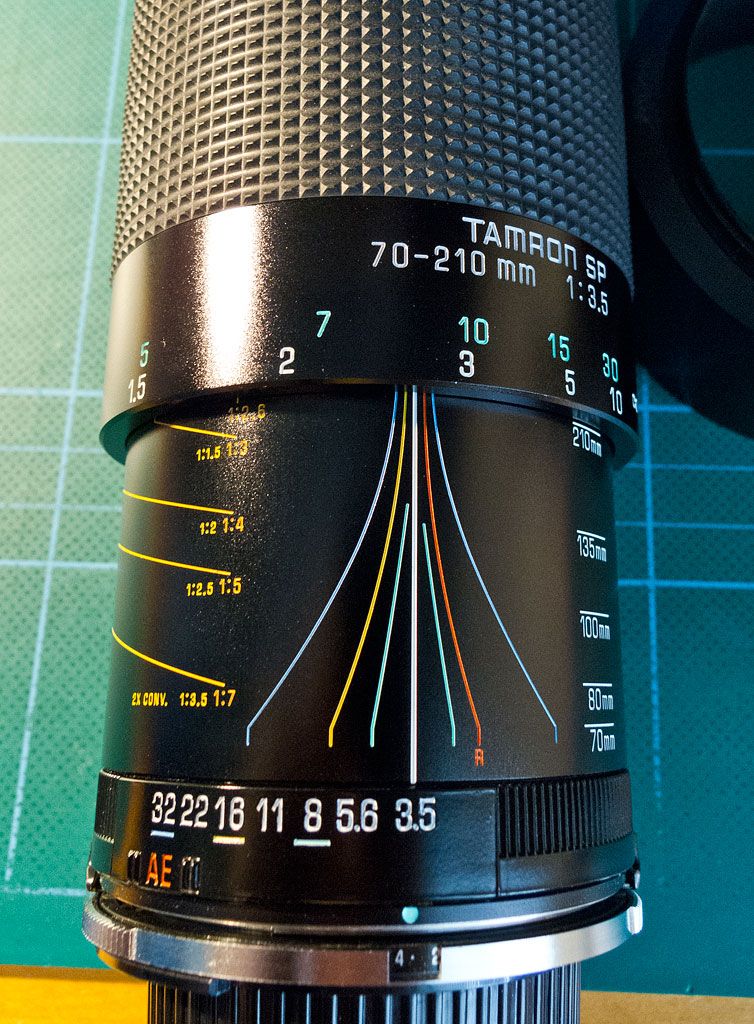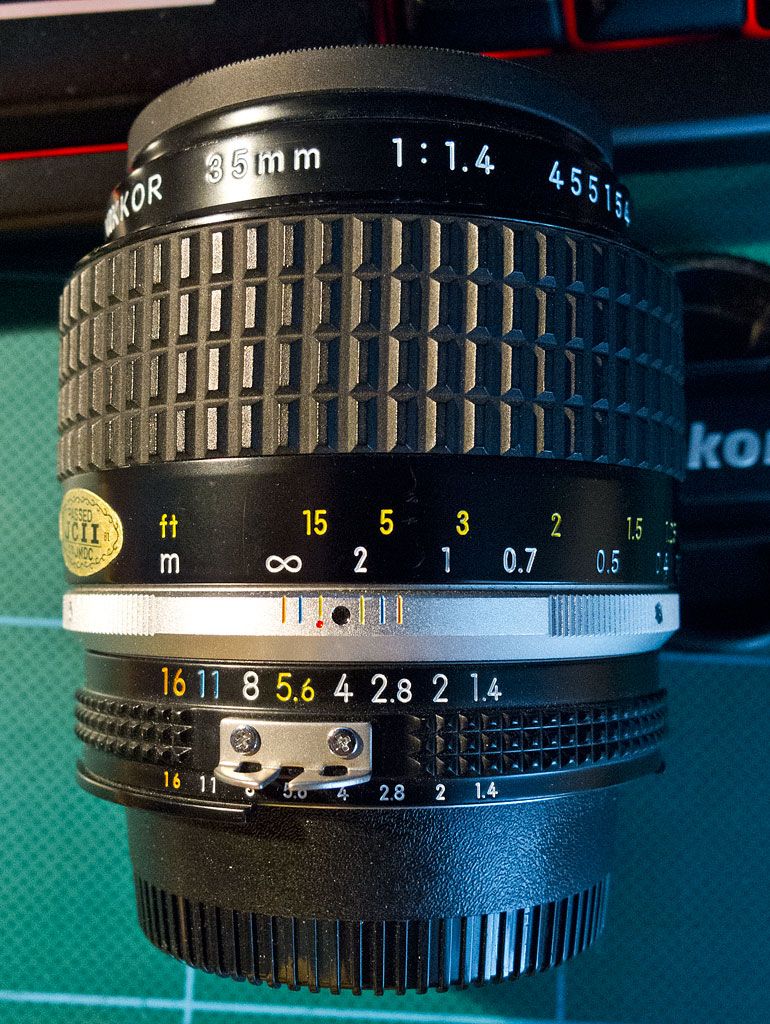Time and time again I've read review of f2.8 lenses where they're 'great for indoor/low-light photography' etc.
I've got a 550D and a Tamron f2.8 17-50mm. I've also owned a Sigma f2.8 Sigma 24-70mm.
So both were fantastic lenses in bright conditions and outdoors. Both were utterly hopeless at family events/parties etc where I really wanted to take decent shots.
Left in Auto mode, the camera automatically jumps straight to f2.8. Due to the depth of field it virtually almost always focuses on the wrong thing leaving the rest of the image blurred (yes I've tried different focusing options) and usually if there's a portrait where one person is even half a metre out from everyone else, they will be completely out of focus.
If I put the camera in AV and select, say, f4.0 - which is safer - it puts the shutter time to about 1second even with flash on. If I put the shutter time to 1/60 - it puts the aperture to f2.8 and we're back to square one.
In these situations you just want to hand people the camera so they can quickly and easily take photos. I shouldn't have to goto manual mode and set aperture/ISO and shutter.
Is there anyway of telling my 550d in automatic mode to AVOID going below f4.0? This is the sole reason my next lens will be an L f4.0 and not an L f2.8.
Cheers
I've got a 550D and a Tamron f2.8 17-50mm. I've also owned a Sigma f2.8 Sigma 24-70mm.
So both were fantastic lenses in bright conditions and outdoors. Both were utterly hopeless at family events/parties etc where I really wanted to take decent shots.
Left in Auto mode, the camera automatically jumps straight to f2.8. Due to the depth of field it virtually almost always focuses on the wrong thing leaving the rest of the image blurred (yes I've tried different focusing options) and usually if there's a portrait where one person is even half a metre out from everyone else, they will be completely out of focus.
If I put the camera in AV and select, say, f4.0 - which is safer - it puts the shutter time to about 1second even with flash on. If I put the shutter time to 1/60 - it puts the aperture to f2.8 and we're back to square one.
In these situations you just want to hand people the camera so they can quickly and easily take photos. I shouldn't have to goto manual mode and set aperture/ISO and shutter.
Is there anyway of telling my 550d in automatic mode to AVOID going below f4.0? This is the sole reason my next lens will be an L f4.0 and not an L f2.8.
Cheers





 ) and it tends to do the trick.
) and it tends to do the trick.